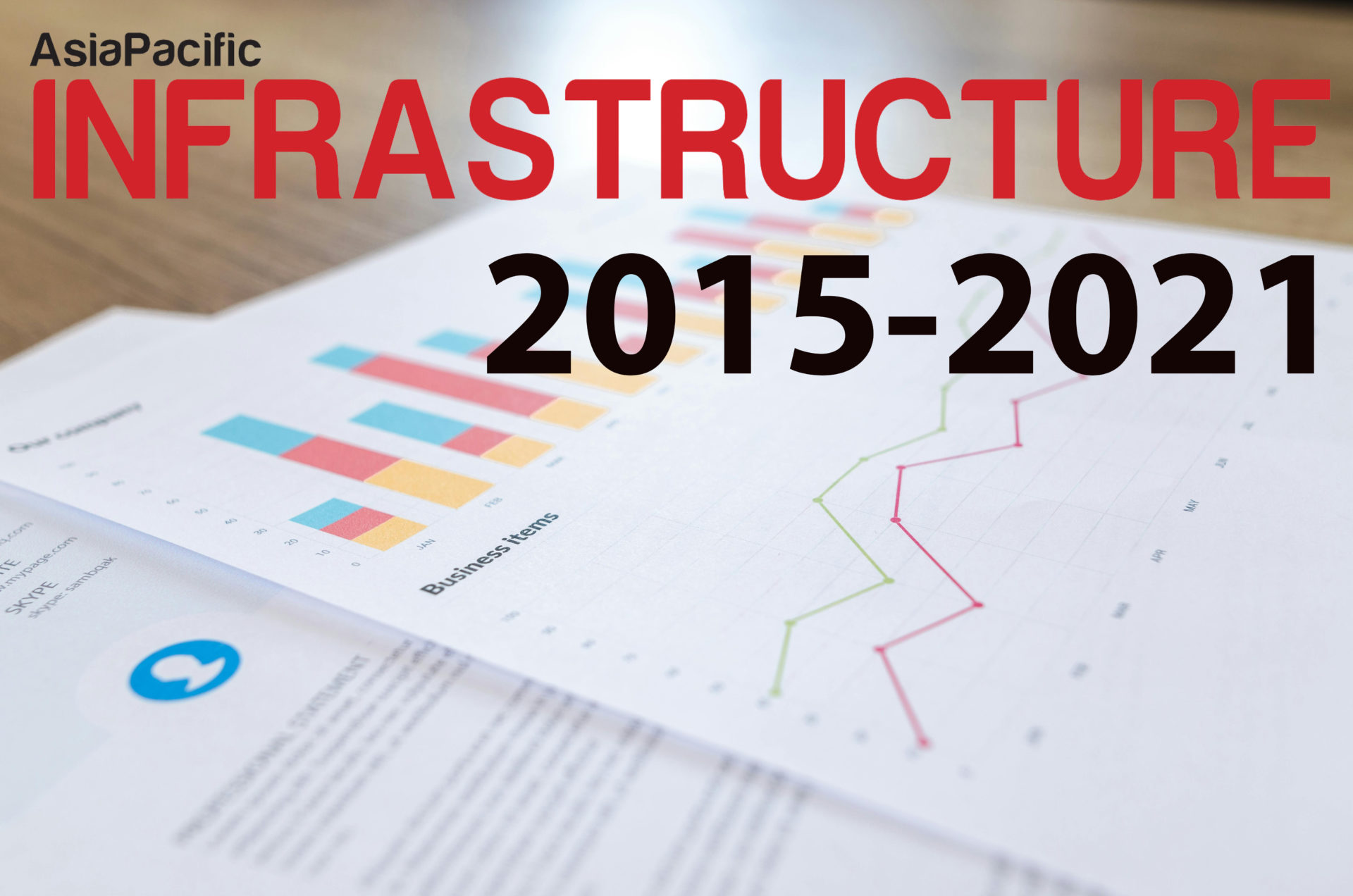By now, the notion of the Internet of Things is quite familiar. More and more devices are being connected to the network, providing a range of automated data generation and sharing points which allows improved management of everything from traffic on our roads, to stock on our farms, to now even control of rats

That’s right, the Internet of Things (IoT) now enables pest control like the world has never seen. “You can imagine a factory or any other large facility which has perhaps 500 traps located throughout. Who has the time to check on those traps?” asks Heiko Kaiser, managing director of Alpeco.
The solution to that challenge is a connected trap which can automatically share its status. If there’s nothing in it, no need for anyone to check.
Alpeco is demonstrating a range of internet-connected technologies for space-age pest control at the Facilities Integrate expo, taking place in Auckland this September. Kaiser is also presenting a seminar where he will discuss how modern pest control doesn’t require chemicals, the latest solutions and how these support HACCP (hazard analysis and critical control points) compliance.
Kaiser says connected traps – called MinkPolice – have been in use in Europe for some time.
More recently, along with the launch of Vodafone’s ‘Narrowband IoT’ network, they have been introduced in the Punakaiki Sanctuary on New Zealand’s rugged West Coast. “Each trap connects to Vodafone’s IoT network and links to a smartphone application. Volunteers receive a notification whenever a trap is activated which sends them to the exact location of that trap, to clear it, reset it, and trap more pests more often,” Kaiser explains.
Grant Parrett, of volunteer group Predator Free Punakaiki, is thrilled with the introduction of the MinkPolice traps: “A huge number of traps can be checked by a very small number of volunteers,” he says.
The IoT traps, which link to a smartphone app, have a further unexpected benefit. “The technology is actually quite fun for the people. We’re getting better engagement from the volunteers through it,” Parrent explains. It’s a bit like feeling a bite on a fishing line; when a trap catches a rat, stoat or other mammalian predator, the volunteer’s mobile lights up and they can go straight to the affected trap and prepare for the next catch.
Parrett adds that he believes the only way for New Zealand to achieve its ‘Predator Free 2050’ goal is through the adoption of technology like IoT traps.
In larger organisations, such as supermarkets or food processing facilities where compliance with regulations including HACCP is a prerequisite, Kaiser says connected solutions for pest control take any guesswork out of the equation. “Now you can monitor your entire facility from a single interface, without leaving the office unless necessary. The traps tell you what they have caught. They tell you if they are offline. They tell you if their batteries are low.”
Facilities managers and all those interested in learning more about internet-powered pest control methods are invited to attend Facilities Integrate 2019. The trade-only event takes place 25 – 26 September 2019 at the ASB Showgrounds in Auckland.
Attendance is free for all registrations prior to midnight 23 September.
Attendance for those registering after this date are priced at $25. For more information or to register your interest, visit https://www.facilitiesintegrate.nz/.



